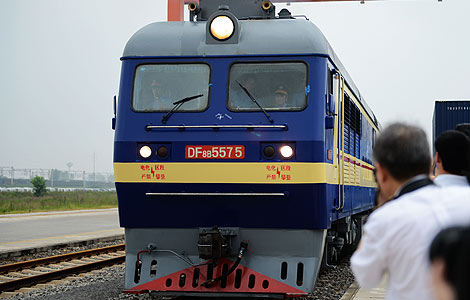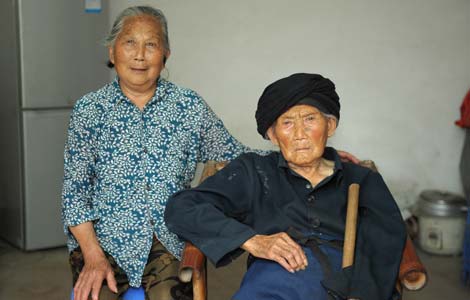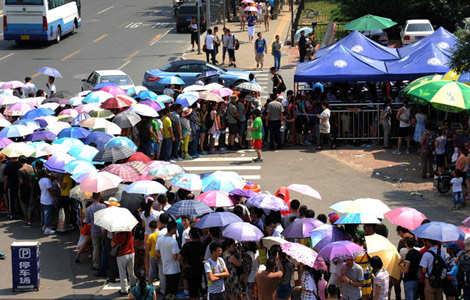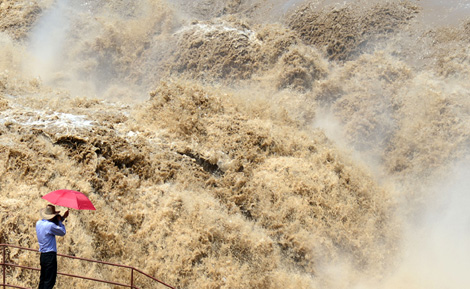

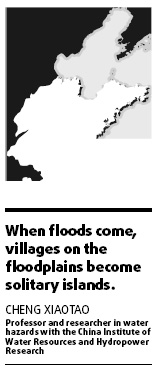
Authorities in Shandong and Henan coordinated both the 1998 and 2003 resettlement projects, said Zhang Junfeng, director of the Yellow River Conservancy Commission's department of planning and programming. Official figures show that, by 2007, more than 110,000 of the 127,300 residents in the provinces' floodplain villages have moved out of the high-risk zones.
The dream is still to become a reality for those in Huaerzhuang, yet official maps of Jinan published since 2001 tell a different story. "We still live within the levee but according to the map we have already moved to a safer place," said villager Cheng Chuangguang, 35. The error was a "simple mistake", said a spokesman for the county government. However, the mistake has also been repeated in the 2009 edition of the official Shandong Atlas.
Almost 1.9 million people live in dangerous floodplain zones across China, said experts, and like most places, the majority of Huaerzhuang's young have migrated to cities for better paying jobs. In a village with a registered population of 228, only about 100 women, children and elderly people remain.
"When floods come, villages on the floodplains become solitary islands. As young people move away for work, those left behind are vulnerable," said Cheng Xiaotao, a professor and researcher in water hazards with the China Institute of Water Resources and Hydropower Research in Beijing. "But it's a complicated issue and situations vary drastically from village to village. Not every village needs to be moved."
To guard against flood damage, many villagers build their homes on a platform of soil to raise their property about 4 m higher than the Yellow River's level. The technique, however, has been largely ineffective.
"In heavy rainfall, the soil bases sag and the houses sink," said Cheng Chuanmin, village chief for Huaerzhuang, as he pointed to a large crack stretching down the back wall of a house in the east of the village. House repairs can cost up to three times the average annual income of a countryside family - about 1,000 yuan - while heavy rain also destroys crops, he said.
Since 2005, the central and local governments have been working on a new compensation package, and last year the Yellow River Conservancy Commission proposed a comprehensive management schedule and flood protection program to the Ministry of Water Resources, said commission official Zhang Junfeng. The program will involve almost 500 villages within 1 km of the banks of the Yellow River, with more than 800,000 residents benefiting from solid, waterproof house bases and at least 300 villages getting new emergency exit roads.
Huaerzhuang is included in the project, although the plan may need to be adjusted in practice, said Zhao Yinhai, of the commission's planning and programming department.
Zhang added that the biggest issue in the floodplain move lies with land distribution, which is still a "great obstacle".
"I have called and written scores of times to the county, municipal and provincial governments, and even to the Yellow River Conservancy Commission to ask when we can expect to move. I have received only two replies since 2008," said villager Cheng Chuanguang. "The people here are holding onto the dream but fear being disappointed again."

